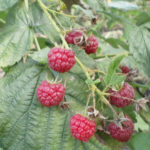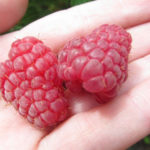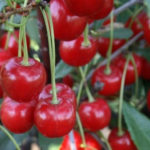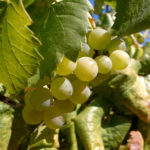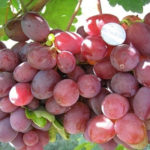Grape variety White Muscat
White Muscat is one of the oldest grape varieties known to mankind since time immemorial. Scientists suggest that his homeland is the Middle East, and he first appeared on the territory of modern Egypt, Syria or Saudi Arabia. On this basis, it is referred to the eastern ecological-geographical group of varieties of the "sun berry". The variety came to Europe a long time ago, spreading first in Greece and Rome, and then throughout the Mediterranean. Currently, it continues to occupy significant areas in many countries with a developed wine industry, since the resulting grapes are used mainly as raw materials for processing. The main producers of White Muscat are Italy, Spain, France, Bulgaria, Hungary, Romania, Serbia. Overseas is popular in the United States. Domestic winemakers widely cultivate it in the Crimea.
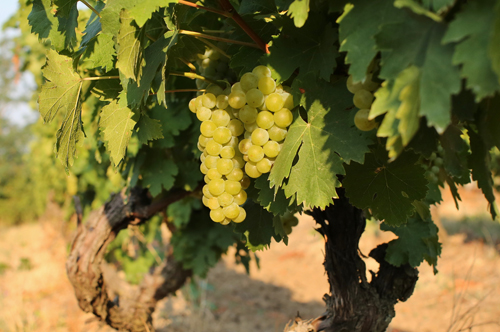
Due to its wide distribution and rich history, our hero received many synonymous names, the most famous of which are Muscat Lunel, M. Frontiansky, Ladanny, Tamyanka, Busuyok, Tamayoza.
As a purebred representative of the noble species Vitis vinifera, our hero is distinguished by the high quality of the drinks made from it, but the costs of this are the delicacy of plants during cultivation, low resistance to pests, diseases and unfavorable environmental factors. To achieve a high yield of a variety, the winegrower will have to apply all his skills and knowledge about the culture. The reward for this will be a magnificent sweet fragrant wine, with bright tones of citron and tea rose.
Agrobiological characteristics
The vigor of the grape bushes is average. The crown of a young shoot is greenish-gray due to intense pubescence; a wine-red tint is noticeable on young leaves. Fully formed leaves are not too large, rounded, three- or five-lobed, have a strong degree of dissection. The profile of the leaf blade is funnel-shaped, its upper side is rich green with clearly outlined light veins, on the reverse there is a dense pubescence of a mixed type - cobweb-bristly. The upper lateral notches are deep or of moderate depth, closed with an ovoid lumen, or open, in the form of a lyre. The lower notches are an order of magnitude smaller than the upper ones, usually open lyre-shaped, less often V-shaped. The petiole notch, as a rule, is closed with a slit-shaped lumen, or open vaulted. Petioles are greenish-red, of moderate length. The denticles along the perimeter of the leaf are large, elongated-triangular, each of which has a narrow base, long straight edges and a pointed apex. The flowers of the variety are bisexual, and therefore they are well fertilized with their own pollen in good weather, however, in some years with unfavorable conditions during the flowering period, significant pea berries can be observed. There is also a predisposition of White Muscat to shedding buds and ovaries, which in general negatively affects the volume of the harvest. The maturation of one-year growth is very good - at 75-90% of the length of the vine. After that, the shoots become light brown in color, with dark areas at the nodes. The foliage turns yellow before the fall leaves.
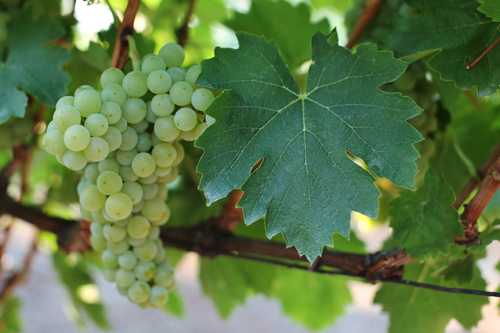
Ripe bunches reach sizes that are not bad for technical grapes. Their length usually ranges from 13-17 cm, width 7-9 cm. The shape of the brushes is cylindrical or cylindrical-conical, in some cases winged, the structure is knocked down, which is why grapes densely located in relation to each other are often deformed. The bunch weight varies in a wide range - from 100 to 450 grams. The combs are short, greenish-pink, herbaceous, but lignified at the base. The berries are round, not always aligned with each other, with a diameter of 10-17 mm. The weight of one hundred grapes is 140-180 grams.They are painted in a yellow-golden color with a bronze tan on the sunny side and a light waxy bloom on the surface. The pulp is tender, very juicy, has a pleasant taste and a magnificent bright aroma of nutmeg. A remarkable technological property of the variety is the ability to achieve high standards for sugar accumulation, while maintaining a sufficient level of acidity. The total sugar content in the juice, depending on the harvest time, is 18-25 g / 100 ml, and in the most favorable regions from the climatic point of view, it can exceed 30%. The amount of titratable acids does not fall below 6.5-7 g / l. The skin of the grapes is moderately firm. The seeds are present, but they occupy a relatively small volume of the berry. The technological characteristics of grapes are as follows: the proportion of juice is 75-76% of the mass of bunches, ridges - 5-6%, skins, dense parts of pulp and seeds - 19-20%.
The harvest is processed mainly into excellent vintage dessert wines, and almost every region of cultivation of the variety is famous for its original type of drink. All of them are united by exceptional quality and aroma that is amazing in its strength. Somewhat less often, dry and sparkling wines are produced from White Muscat, but in the hands of good winemakers they turn out to be excellent in their properties. Italy is distinguished by a special variety of types of processing, where our hero under the name Moscato Bianco is one of the most popular. Crimean muscats began to be produced in the first half of the 19th century, and they are still rated as one of the best domestic wines. Finally, it should be noted that this grape can also be used for fresh consumption. True, with the advent of more and more large-fruited table varieties, such a use is less and less common.
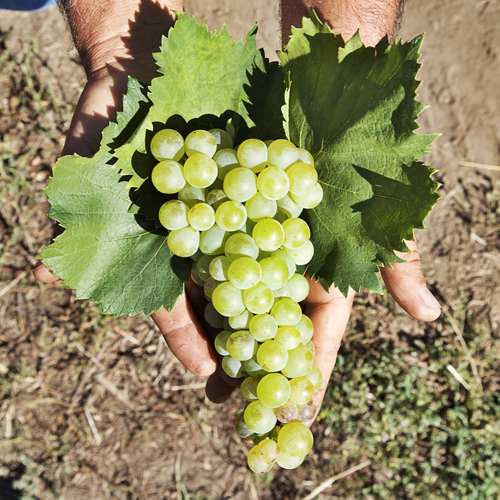
Our hero is considered to be medium late in terms of the ripening of the crop, and therefore is suitable for cultivation only in traditional southern viticultural regions. It is no coincidence that in our country it is zoned only in the North Caucasian and Lower Volga regions. From the moment the buds open in the spring to the technical ripeness of the grapes, 140-145 days pass with the sum of active temperatures of the order of 2850-2950 ° С. Harvesting usually falls on the end of September - beginning of October, but if there are plans for the production of dry wine, you can start harvesting a little earlier. The frost resistance of White Muscat is low, which also leaves an imprint on the cultivation technology, almost everywhere requiring the bushes to be sheltered for the winter. In addition, due to the early awakening of the eyes, damage to vegetative plants by late spring frosts can occur. In this case, shoots that have developed from replacement buds are mostly sterile.
The yield of the variety does not differ in stability. From year to year, the productivity of a hectare of vineyard can differ almost twofold - from 60 to 110 centners. A factor that negatively affects it is also the fact that only 44% of the developed shoots usually turn out to be fruitful. The fruiting factor is 0.46 and the fruiting factor is 1.22 bunches per shoot. Overcoming these negative traits, characteristic of many oriental grape varieties, is possible only with long pruning and a high total load of the bushes. So, in spring, fruit arrows are shortened to 10-12 buds, and 55-65 eyes are preserved on the plant as a whole. This approach requires the subsequent very careful debris of numerous barren vines, but ultimately allows you to count on a decent harvest.
When planning a late harvest of grapes, it is necessary to take into account that in a rainy autumn, bunches are often affected by gray rot, which sharply worsens their technological qualities.The variety is also unstable to other fungal diseases, and requires comprehensive protection against mildew, powdery mildew and gray rot. Serious damage can be caused by such pests as spider mites and grape beetles, which should be controlled with permitted insect-acaricides, and susceptibility to root phylloxera excludes the possibility of propagation of White Muscat by root cuttings in many regions.
The preferred planting sites are located on gentle slopes of warm exposures with moderately dry soils. Excessive climate aridity sharply negatively affects the growth force of grape shoots. Heavy clay soils and low damp places are also unacceptable.

